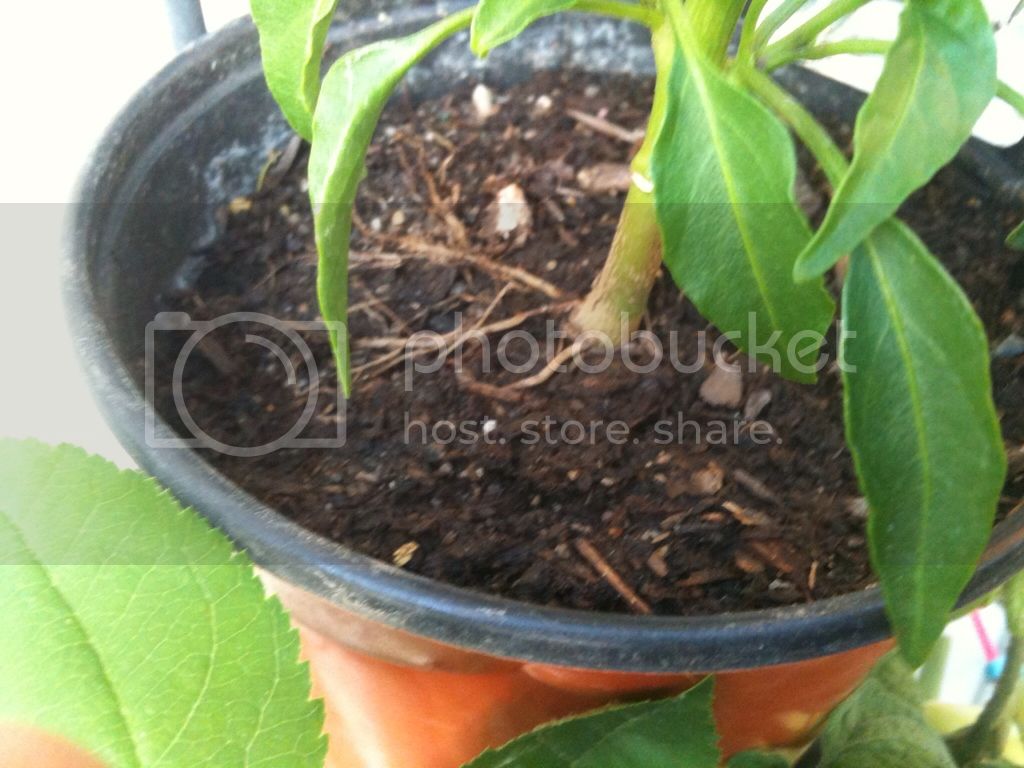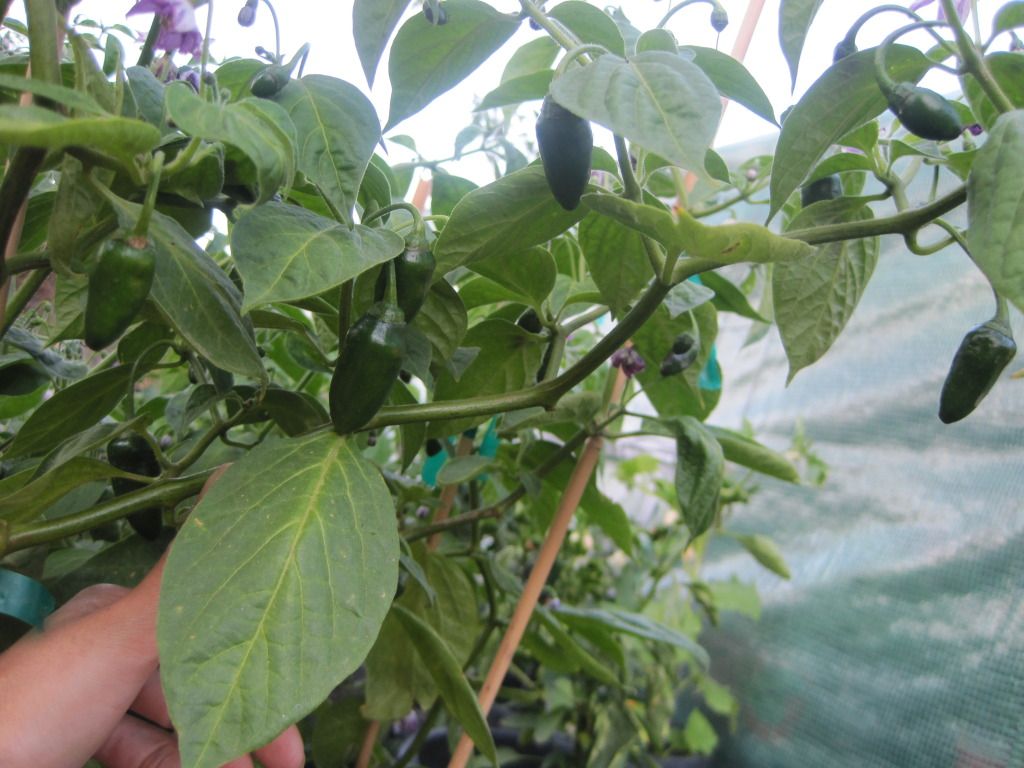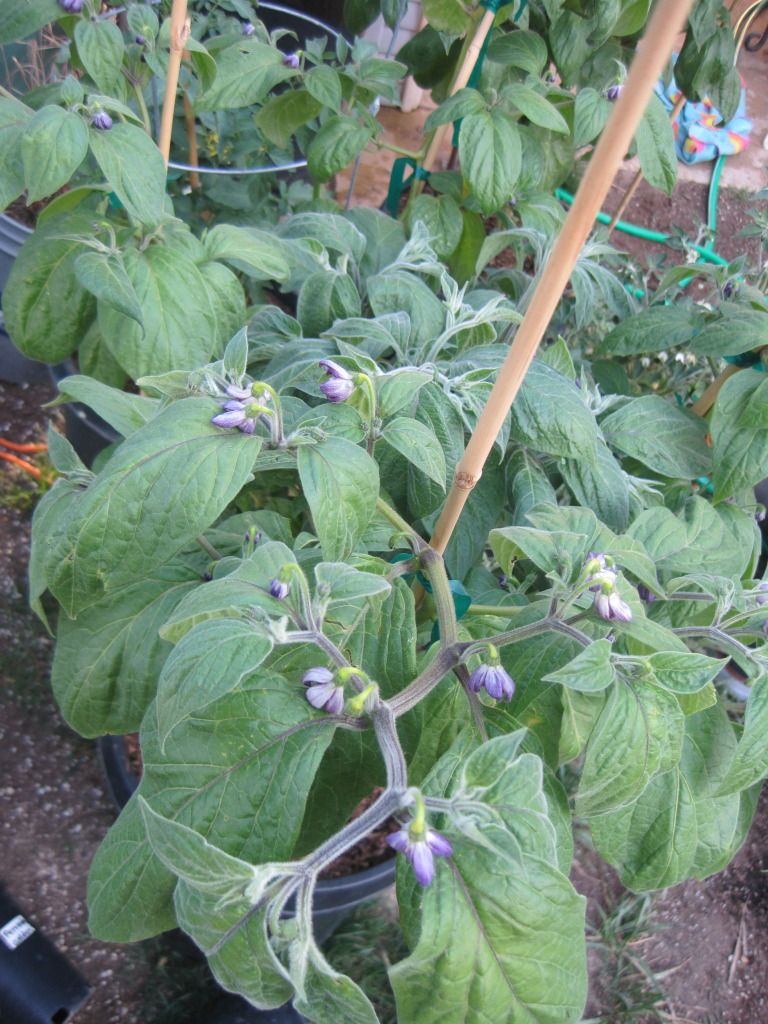This is My Mirasol Pepper plant, its the fastest Growing and already making little buds of flowers from what it looks after adding mykkos on the top of the soil I got this.

Im glad with results and Hope to soon transplant but not sure where to, a pot or the floor, For sure that thing works and well Im running out of it but now with my new job I should buy more Mycorrhiza not sure what brand yet but sure worth it

Im glad with results and Hope to soon transplant but not sure where to, a pot or the floor, For sure that thing works and well Im running out of it but now with my new job I should buy more Mycorrhiza not sure what brand yet but sure worth it





